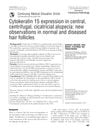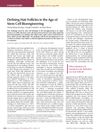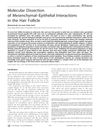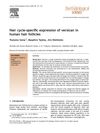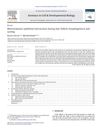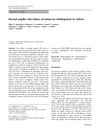Human TSC2-Null Fibroblast-Like Cells Induce Hair Follicle Neogenesis and Hamartoma Morphogenesis
March 2011
in “
Nature Communications
”
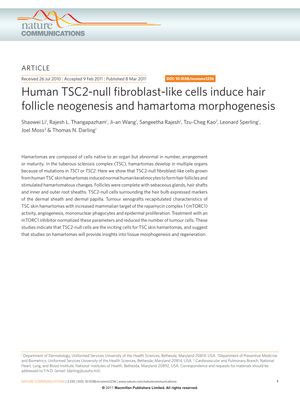
TLDR Cells from a skin condition can create new hair follicles and similar growths in mice, and a specific treatment can reduce these effects.
The study from 2011 explored the potential of TSC2-null fibroblast-like cells, derived from human tuberous sclerosis complex (TSC) skin hamartomas, to induce hair follicle formation and hamartoma morphogenesis when grafted onto immunodeficient mice. These cells, combined with normal human keratinocytes, led to the development of complete hair follicles and exhibited characteristics of TSC skin hamartomas, such as increased mTORC1 activity, angiogenesis, and epidermal proliferation. Treatment with the mTORC1 inhibitor rapamycin normalized these features and reduced tumor cell numbers, suggesting therapeutic potential. The study involved grafting experiments on a total of 54 mice, divided into groups with normal fibroblasts and TSC2-null cells, both with and without rapamycin treatment. The findings highlight the role of TSC2-null cells in tissue morphogenesis and the possibility of manipulating the TSC1/TSC2/mTORC1 pathway for follicle induction and tumor treatment.
